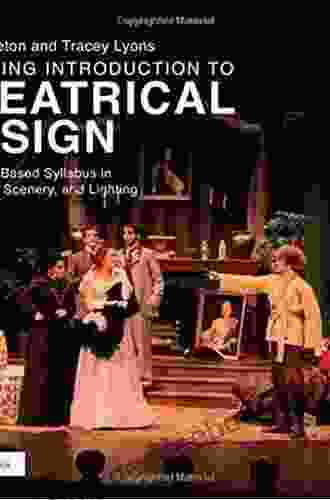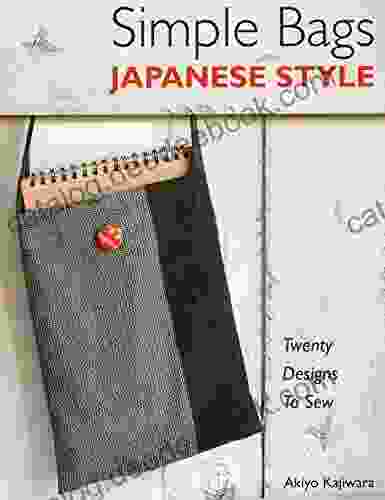Process-Based Syllabus in Costumes, Scenery, and Lighting: A Comprehensive Guide for Educators

In the field of theater, costume, scenery, and lighting play a pivotal role in creating an immersive and engaging experience for audiences. To equip students with the necessary knowledge and skills to succeed in these areas, educators have embraced process-based syllabuses that emphasize hands-on, experiential learning. This article delves into the intricacies of process-based syllabuses in costumes, scenery, and lighting, exploring their advantages, challenges, and effective implementation strategies.
A process-based syllabus focuses on the iterative and collaborative nature of design in theater. It prioritizes students' active engagement with materials, tools, and techniques over traditional lectures and theory-based instruction. By immersing students in the practical aspects of design, process-based syllabuses foster critical thinking, problem-solving abilities, and a deep understanding of the creative process.
- Enhanced Practical Skills: Students develop proficiency in costume construction, scenic painting, and lighting design through hands-on projects and workshops.
- Improved Collaboration and Communication: The collaborative nature of process-based syllabuses encourages students to work together, share ideas, and provide constructive feedback.
- Creativity and Innovation: By providing students with the freedom to experiment and explore, process-based syllabuses foster creativity and encourage innovative design solutions.
- Real-World Relevance: Students gain valuable insights into the industry-standard practices and methodologies used in professional theater production.
- Enhanced Problem-Solving Abilities: The iterative nature of the design process teaches students to approach challenges creatively and develop effective solutions.
- Time Constraints: Hands-on projects can be time-consuming, potentially leading to concerns about meeting curriculum expectations.
- Resource Allocation: Access to appropriate materials, tools, and workspaces is crucial for successful implementation.
- Assessment Challenges: Evaluating student progress in a process-based syllabus requires alternative assessment methods that capture both practical skills and theoretical knowledge.
- Instructor Expertise: Educators must possess a strong foundation in design principles and technical skills to effectively guide students through the process.
- Student Expectations: Students may need to adjust to the non-traditional structure of process-based syllabuses, which may differ from their previous educational experiences.
To overcome the challenges and reap the benefits of process-based syllabuses, educators can adopt the following strategies:
4.3 out of 5
| Language | : | English |
| File size | : | 21857 KB |
| Text-to-Speech | : | Enabled |
| Screen Reader | : | Supported |
| Enhanced typesetting | : | Enabled |
| Word Wise | : | Enabled |
| Print length | : | 390 pages |
- Establish Clear Learning Objectives: Outline specific skills and knowledge students are expected to gain through the process.
- Provide Structured Guidance: Offer scaffolded learning activities that gradually introduce concepts and techniques.
- Promote Collaboration and Feedback: Create opportunities for students to share their work, receive constructive criticism, and refine their designs.
- Utilize Diverse Assessment Methods: Employ a combination of performance-based assessments, written reflections, and peer evaluations to capture student progress.
- Foster a Positive Learning Environment: Encourage experimentation, risk-taking, and a growth mindset.
When designing process-based syllabuses in these areas, educators should consider the following specific considerations:
Costumes:
- Focus on developing skills in fabric selection, sewing techniques, and costume design principles.
- Provide opportunities for students to create costumes for specific productions or character studies.
- Incorporate elements of costume history and cultural influences.
Scenery:
- Emphasize the understanding of architectural principles, stage design techniques, and material handling.
- Engage students in projects that involve designing and building scenic elements for actual productions.
- Explore the use of different materials, textures, and colors to create immersive scenic environments.
Lighting:
- Introduce the fundamentals of lighting design, including color theory, lighting instruments, and control systems.
- Provide students with access to lighting equipment and software for hands-on experimentation.
- Encourage exploration of different lighting styles and techniques to create specific moods and atmospheres.
Process-based syllabuses offer a transformative approach to design education in costumes, scenery, and lighting. By engaging students in immersive and collaborative learning experiences, educators can foster creativity, problem-solving abilities, and industry-ready skills. While challenges exist, careful planning and effective implementation strategies can overcome these obstacles and unlock the full potential of process-based syllabuses. By embracing this approach, educators can empower students to become confident and successful designers in the ever-evolving field of theater production.
4.3 out of 5
| Language | : | English |
| File size | : | 21857 KB |
| Text-to-Speech | : | Enabled |
| Screen Reader | : | Supported |
| Enhanced typesetting | : | Enabled |
| Word Wise | : | Enabled |
| Print length | : | 390 pages |
Do you want to contribute by writing guest posts on this blog?
Please contact us and send us a resume of previous articles that you have written.
 Book
Book Novel
Novel Page
Page Text
Text Genre
Genre Reader
Reader E-book
E-book Newspaper
Newspaper Sentence
Sentence Bookmark
Bookmark Shelf
Shelf Synopsis
Synopsis Footnote
Footnote Manuscript
Manuscript Scroll
Scroll Tome
Tome Bestseller
Bestseller Classics
Classics Narrative
Narrative Biography
Biography Autobiography
Autobiography Memoir
Memoir Encyclopedia
Encyclopedia Dictionary
Dictionary Librarian
Librarian Catalog
Catalog Card Catalog
Card Catalog Borrowing
Borrowing Stacks
Stacks Study
Study Research
Research Reserve
Reserve Rare Books
Rare Books Interlibrary
Interlibrary Literacy
Literacy Thesis
Thesis Awards
Awards Reading List
Reading List Theory
Theory Textbooks
Textbooks Gerardus Blokdyk
Gerardus Blokdyk Berton Coffin
Berton Coffin Peter Eijgenhuijsen
Peter Eijgenhuijsen Alan A Winter
Alan A Winter Joy Barrett
Joy Barrett Barry Cooper
Barry Cooper Eric Swanson
Eric Swanson Alex Anderson
Alex Anderson Cc Beechum
Cc Beechum James G Simmonds
James G Simmonds Sheldon S Wolin
Sheldon S Wolin John W Mason
John W Mason Ken Buck
Ken Buck K M Robinson
K M Robinson Christine Gray
Christine Gray Barry Schiff
Barry Schiff Henry Hoffmann
Henry Hoffmann Lawrence Bennett
Lawrence Bennett Fannie Flagg
Fannie Flagg Brian Edwards
Brian Edwards
Light bulbAdvertise smarter! Our strategic ad space ensures maximum exposure. Reserve your spot today!
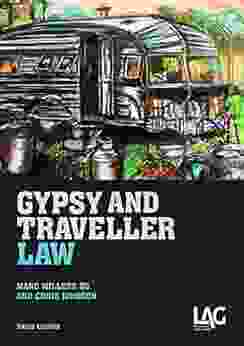
 Quentin PowellGypsy and Traveller Law: An Exploration of Legal Issues Affecting Gypsy and...
Quentin PowellGypsy and Traveller Law: An Exploration of Legal Issues Affecting Gypsy and... Chuck MitchellFollow ·14.9k
Chuck MitchellFollow ·14.9k Russell MitchellFollow ·11.9k
Russell MitchellFollow ·11.9k Eddie BellFollow ·3.6k
Eddie BellFollow ·3.6k T.S. EliotFollow ·4.5k
T.S. EliotFollow ·4.5k Alexandre DumasFollow ·18.6k
Alexandre DumasFollow ·18.6k Darius CoxFollow ·7.7k
Darius CoxFollow ·7.7k Christopher WoodsFollow ·16.6k
Christopher WoodsFollow ·16.6k Colin RichardsonFollow ·6.1k
Colin RichardsonFollow ·6.1k

 Hayden Mitchell
Hayden MitchellThe Routledge Handbook of Feminist Peace Research: A...
The Routledge...

 Joe Simmons
Joe SimmonsUnveiling the Lyrical Mastery of Henri Cole's "Blizzard...
In the realm of...

 E.E. Cummings
E.E. CummingsEast End Hardman To Tv Star: The Unlikely Rise Of Danny...
Danny Dyer is one of the...
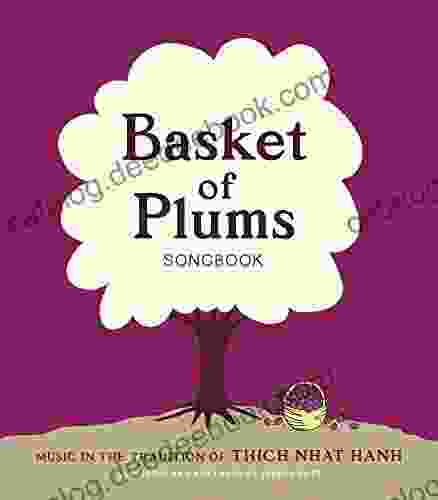
 Eli Brooks
Eli BrooksMusic in the Tradition of Thich Nhat Hanh: A Journey of...
In the heart of...
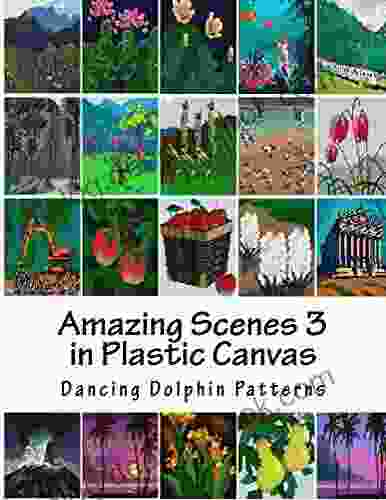
 Samuel Ward
Samuel WardAmazing Scenes in Plastic Canvas: Bringing Your...
Plastic canvas is a...

 E.E. Cummings
E.E. CummingsA Comprehensive Guide to Non-Jazz Improvisation for...
: Embracing the Art of...
4.3 out of 5
| Language | : | English |
| File size | : | 21857 KB |
| Text-to-Speech | : | Enabled |
| Screen Reader | : | Supported |
| Enhanced typesetting | : | Enabled |
| Word Wise | : | Enabled |
| Print length | : | 390 pages |


